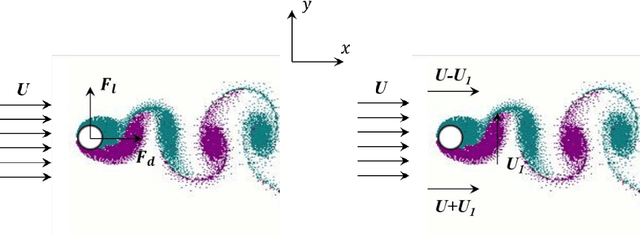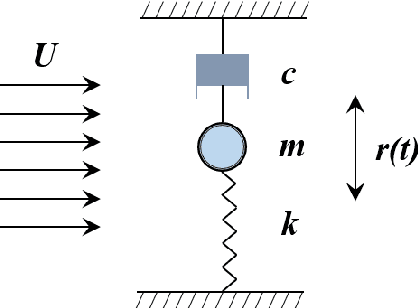Hesheng Tang
Non-parametric Ensemble Empirical Mode Decomposition for extracting weak features to identify bearing defects
Oct 02, 2023Abstract:A non-parametric complementary ensemble empirical mode decomposition (NPCEEMD) is proposed for identifying bearing defects using weak features. NPCEEMD is non-parametric because, unlike existing decomposition methods such as ensemble empirical mode decomposition, it does not require defining the ideal SNR of noise and the number of ensembles, every time while processing the signals. The simulation results show that mode mixing in NPCEEMD is less than the existing decomposition methods. After conducting in-depth simulation analysis, the proposed method is applied to experimental data. The proposed NPCEEMD method works in following steps. First raw signal is obtained. Second, the obtained signal is decomposed. Then, the mutual information (MI) of the raw signal with NPCEEMD-generated IMFs is computed. Further IMFs with MI above 0.1 are selected and combined to form a resulting signal. Finally, envelope spectrum of resulting signal is computed to confirm the presence of defect.
A transfer learning enhanced the physics-informed neural network model for vortex-induced vibration
Dec 29, 2021



Abstract:Vortex-induced vibration (VIV) is a typical nonlinear fluid-structure interaction phenomenon, which widely exists in practical engineering (the flexible riser, the bridge and the aircraft wing, etc). The conventional finite element model (FEM)-based and data-driven approaches for VIV analysis often suffer from the challenges of the computational cost and acquisition of datasets. This paper proposed a transfer learning enhanced the physics-informed neural network (PINN) model to study the VIV (2D). The physics-informed neural network, when used in conjunction with the transfer learning method, enhances learning efficiency and keeps predictability in the target task by common characteristics knowledge from the source model without requiring a huge quantity of datasets. The datasets obtained from VIV experiment are divided evenly two parts (source domain and target domain), to evaluate the performance of the model. The results show that the proposed method match closely with the results available in the literature using conventional PINN algorithms even though the quantity of datasets acquired in training model gradually becomes smaller. The application of the model can break the limitation of monitoring equipment and methods in the practical projects, and promote the in-depth study of VIV.
 Add to Chrome
Add to Chrome Add to Firefox
Add to Firefox Add to Edge
Add to Edge